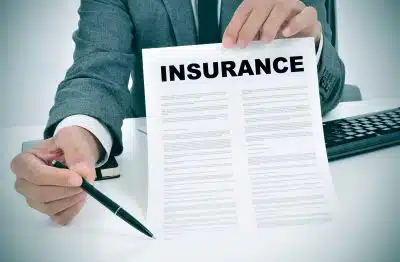Insuring your investment properties for liability under your homeowner’s policy is a common mistake for many new investors. Many will contact their local agent who insures their home and auto, and request to add the investment property coverage. The easiest thing for your agent to do is to add your investment property to your homeowner’s liability policy. This is a quick and inexpensive way to proceed, but it can be detrimental to you and your business. Here’s why.
Personal lines liability policies contain coverage “gaps” leaving you severely exposed.
One major example is “Pollution” coverage. Personal lines liability policies, like on your homeowner’s policy, contain a “Total Pollution Exclusion,” which is coverage for carbon monoxide. Let’s say you have a tenant living in your investment property who gets sick or even worse, passes away from what is determined to be carbon monoxide poisoning. Say this property is insured on your personal lines liability policy which contains the “Total Pollution Exclusion.” You would be defending this claim on your own which, as you can imagine, will get quite expensive.
Commercial liability policies are often more expensive than personal lines policies, but you shouldn’t jeopardize your coverage and your business to save a few bucks. NREIG can provide you with $1,000,000 per occurrence of liability coverage for around $9 to $10 per month.
Combining personal and commercial lines policies can jeopardize everything you own both personal and business.
Treat your investment properties like the businesses they are. Assume you have your investment properties included on your personal lines liability policy, and your policy has a common $300,000 per occurrence limit. Using the example above, you have a tenant who passes away due to carbon monoxide poisoning at your investment property. The wrongful death lawsuit could easily exceed the single $300,000 limit of coverage. If it does, because your liability policy collectively insures everything you own both personal and business, the injured party could go after your personal and business assets. If your liability policies are structured the proper way and a large loss occurs, you are typically only exposed up to the amount of coverage your liability policy provides per occurrence.
Let’s look at it from the other side. Your teenage son gets into a car accident, killing another driver. The driver’s family sues you for wrongful death, again exceeding your $300,000 limit. They can then come after your rental assets.
Here’s a real-life example. We had the opportunity to work with a newer investor who converted the home he had lived in for years into an investment property. He now had a tenant who had been living in the home for over a year. We first asked him: “Did you let your insurance agent know you were converting this location into an investment property?” He quickly answered, “No.” He didn’t feel the need to. After our conversation, he contacted his agent to ask if the policy in force extended coverage to a property occupied by a tenant. His agent eventually replied that they would need to cancel his existing policy and rewrite a new policy to insure this new exposure.
What would happen if a loss occurs while he is renting out the home? Let’s say a fire occurs at the property. The assigned claims adjuster would visit the property to investigate the loss. During this visit, they uncover the home is not “owner-occupied.” The policy purchased is for an “owner-occupied dwelling.” Therefore, the insurance carrier would decline the claim due to Material Misrepresentation. The owner must rebuild their investment property on their own.
Insurance carriers have a reason to deny a claim.
If you are reviewing the declaration pages on your policy currently and are unsure if you have the correct type of policy to cover your non-owner-occupied dwelling, email your agent and ask them for clarification. We always recommend you use email so you have their response in writing. If something happens in the future, you will have leverage in the event of a declined claim, if needed.
If you have any questions or would like to speak to one of our agents about your liability needs, please contact us at info@nreig.com to schedule a call or request a proposal.
Note: This piece is not to be construed as contractual. Applicable language specific to your policy supersedes it. Information contained in this post is intended to provide you with a brief overview of the coverages provided for reference purposes only. It is not intended to provide you with all policy exclusions, limitations, and conditions.






